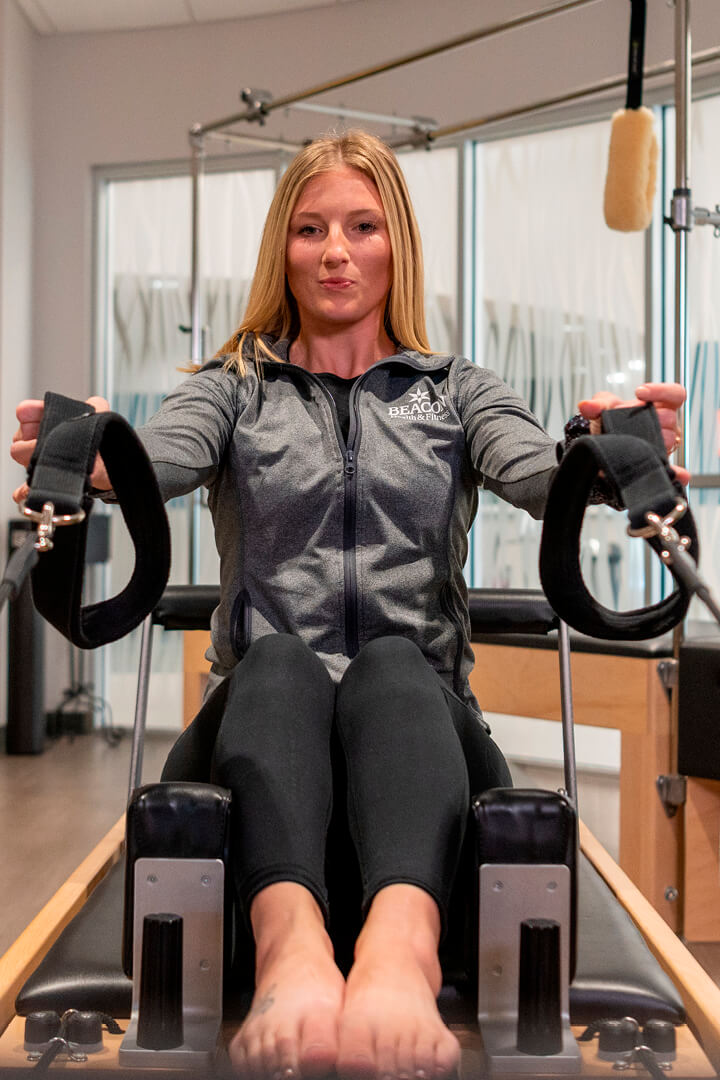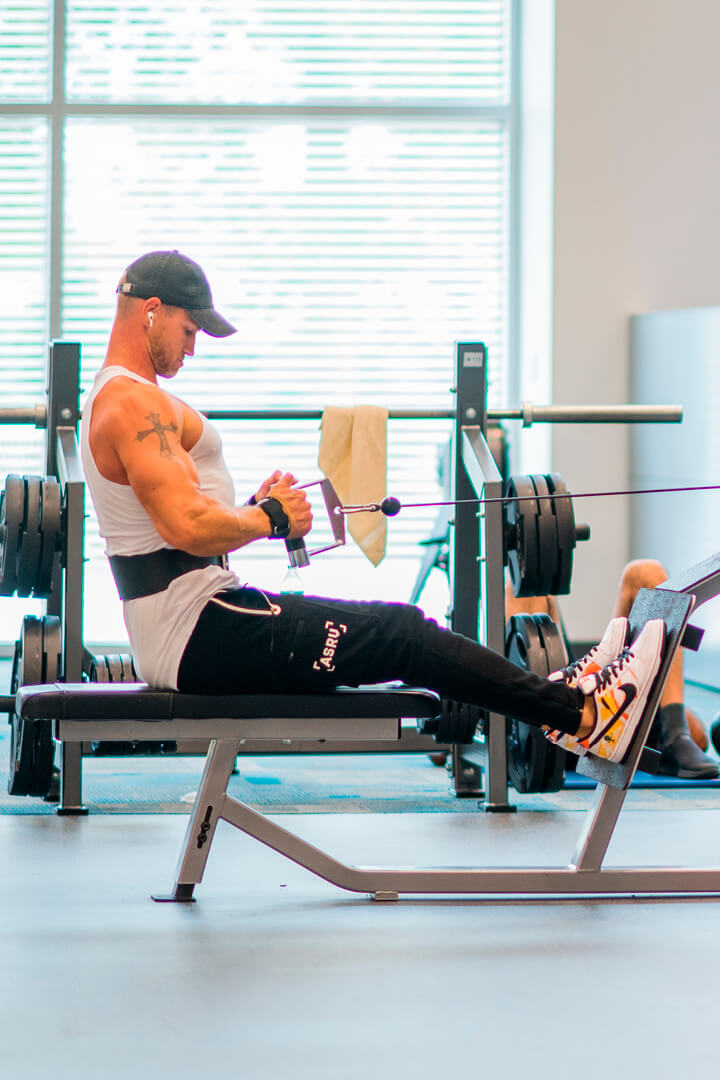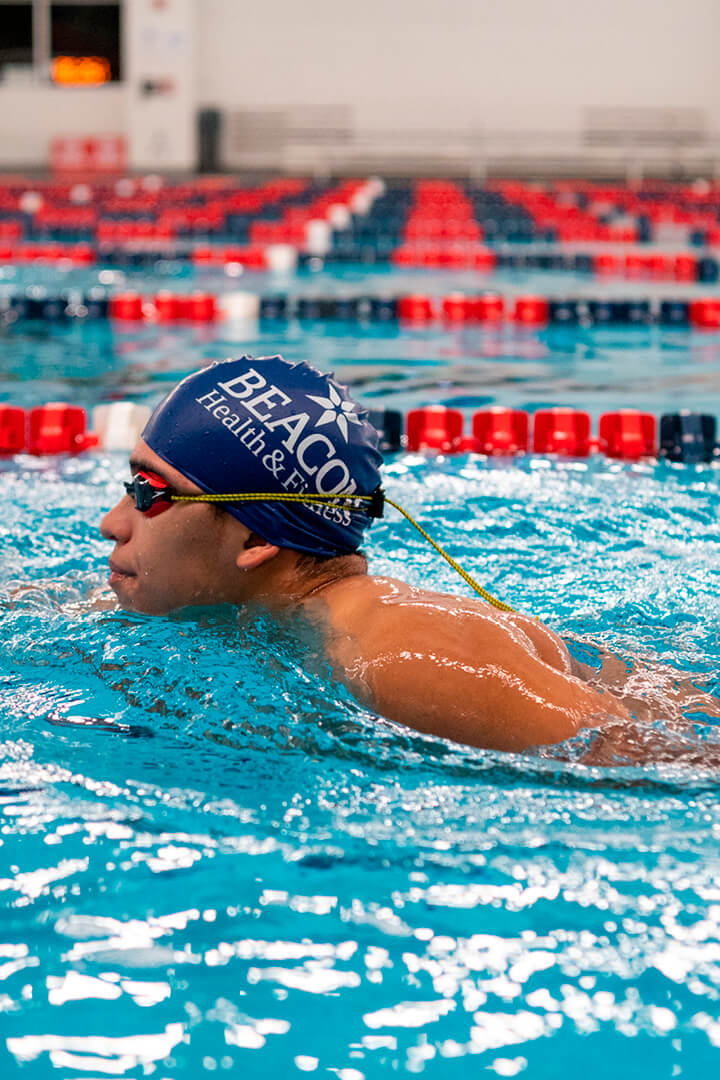Mindfulness, or the idea of “being in the moment,” has almost become so trendy that it’s easy, ironically, to mentally checkmark our understanding of it without really considering what it means for how we live. But it’s a topic worth revisiting as we head into some of the standard stressors of the back-to-school season and well before the holidays.
What is mindfulness exactly? It’s the basic human ability to be fully present, aware of where we are and what we’re doing, and not overly reactive or overwhelmed by what’s going on around us. It involves acceptance, meaning that we pay attention to our thoughts and feelings, often with the ability to name them. Mindfulness is an openness to what we’re experiencing right now, a peace-making with reality.
Jon Kabat-Zinn, founder of the Center for Mindfulness in Medicine, Healthcare, and Society at the University of Massachusetts Medical School, writes that the central question of mindfulness is, “How will I be in relationship to whatever is arising?” Simply remembering this question can dramatically improve mindfulness levels. A sad truth of the modern world is that we often don’t even ask how we want to approach things as they come up, we just let one stimulus trigger a patterned response again and again. Our teen is snarky and we’re snarky back, or we quickly revoke an important privilege of theirs and move on. Our phone alerts us to a message and we hurriedly respond, whether it’s urgent or trivial. Someone cuts us off in traffic and we get angry for several minutes, perhaps taking a low-level frustration into our next several interactions.
Certainly, meditation is one of the largest and most known tools for cultivating mindfulness, but for many folks doing it may be daunting or unrealistic. Yet, if you’ve ever taken a long deep breath before you do something difficult, allowed yourself a break in the middle of a stressful time, sent some good vibes to a troubled friend—then you’ve already meditated informally, and this casual practice is all you need to up your mindfulness game in real life.
Other tips for daily mindfulness include:
- Walking. That’s right—it’s exercise AND it can help you focus, reset mentally, and be more aware of what’s happening around you. Super easy to do, even a minute or two of walking around your house or office can be helpful, especially if, as you’re doing it, you notice the solid ground beneath you, the movement of your body, and the feeling of simply taking one step at a time (a good mindful life metaphor).
- Self-Check-Ins. Taking 20-40 seconds to pause and notice our internal state can be remarkably helpful. How often do we lash out for no reason and only later realize what led to the outburst? Check-ins mean we’re more likely to take care of any unresolved emotional currents before they become larger problems and they allow us to know ourselves better. In less than a minute of self-reflection we might realize that we’re smiling to ourselves about something a co-worker just said and that we’re really pretty glad to be alive—this, in turn, allows us to intentionally acknowledge our good mood, or our gratitude, just as acknowledging a bad mood or negativity allows us to feel it and explore its real cause, which are ultimately the things that allows it to dissipate. Using technology here to bolster mindfulness, by setting Alexa or other device alarms, can help you get in the habit of checking in with yourself regularly until it becomes a habit.
- Notice when you’re Zoning Out. If mindfulness is about zoning in, then we can also understand it better by more acutely identifying when we’re zoned out. If you don’t eventually realize when that’s happening, it’s impossible to make that time more mindful.
- Wait 3 seconds Before Unlocking Your Smart Phone. This is the new grown-up version of the marshmallow experiment. It trains us to delay gratification, but also to keep perspective. I will check my phone, but there’s no hurry…I may not even do it in three seconds…It’s just my phone…I’m actually in a good groove doing something else…
- Know Your Attention is Your Best Resource. When we focus our thoughts, energy, and work on someone or something, we’re offering up our single best gift. In learning to see our attention as the invaluable resource that it is, where likely to direct it to things that matter more to us.
There are numerous benefits to mindfulness, from lower blood pressure to improved relationships, but the best one remains that it’s the simplest way to access happiness now. Mindfulness makes us aware that nothing—our work, people around us, the crazy world—has to change for us to experience profound moments or longer periods of deep peace. To be clear, mindfulness doesn’t make everything okay, and it’s not an excuse to never work for change or face conflict. It merely makes everything exactly what it is, and it makes us realize, that, at least for a few seconds—that’s enough.





